Legand
Legand





Mystery In Space (1980-1981)
Art by Joe Kubert
More Posts from Artemisz4 and Others
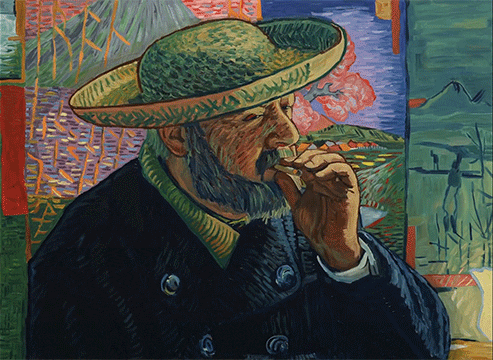
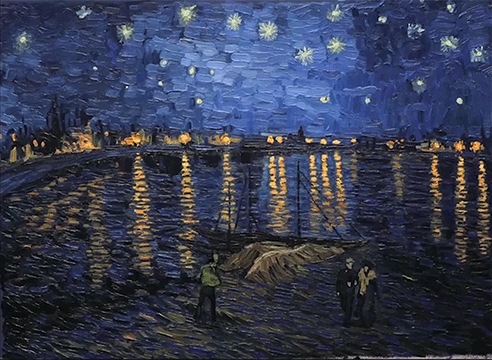
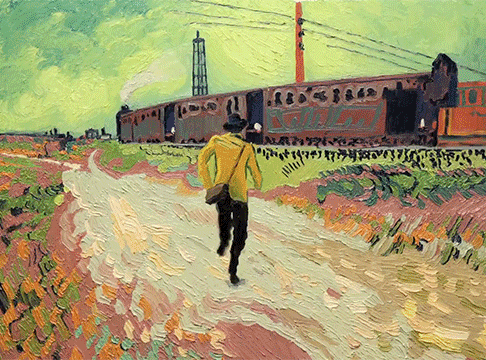
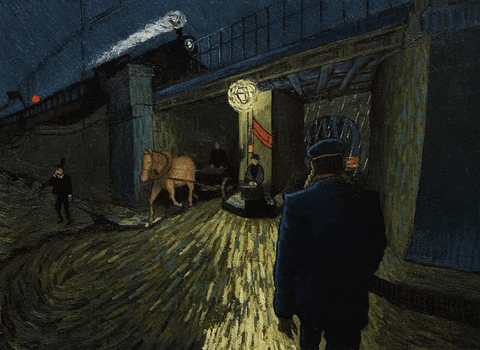
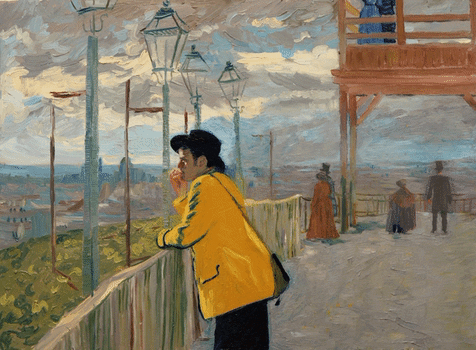
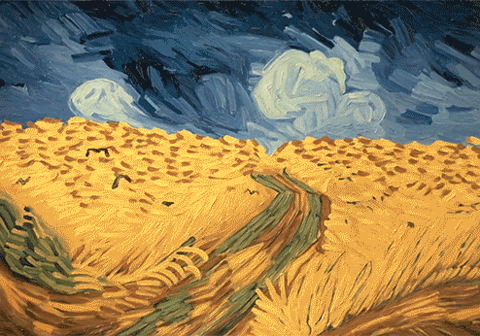
Anlamını aldın da gittin gökyüzü'nün.








geçenlerde bir söz okudum, şey diyordu; “batıda hayaller gerçekleştirmek için kurulur, doğuda ise gerçeklerden kaçmak için.”


Ve alıp verdiğim soğuk bir nefes gibi, İçimde yer etti yalnızlık...
Thnks
Interesting facts about stars
Stars are giant, luminous spheres of plasma. There are billions of them — including our own sun — in the Milky Way Galaxy. And there are billions of galaxies in the universe. So far, we have learned that hundreds also have planets orbiting them.
1. Stars are made of the same stuff

All stars begin from clouds of cold molecular hydrogen that gravitationally collapse. As they cloud collapses, it fragments into many pieces that will go on to form individual stars. The material collects into a ball that continues to collapse under its own gravity until it can ignite nuclear fusion at its core. This initial gas was formed during the Big Bang, and is always about 74% hydrogen and 25% helium. Over time, stars convert some of their hydrogen into helium. That’s why our Sun’s ratio is more like 70% hydrogen and 29% helium. But all stars start out with ¾ hydrogen and ¼ helium, with other trace elements.
2. Most stars are red dwarfs

If you could collect all the stars together and put them in piles, the biggest pile, by far, would be the red dwarfs. These are stars with less than 50% the mass of the Sun. Red dwarfs can even be as small as 7.5% the mass of the Sun. Below that point, the star doesn’t have the gravitational pressure to raise the temperature inside its core to begin nuclear fusion. Those are called brown dwarfs, or failed stars. Red dwarfs burn with less than 1/10,000th the energy of the Sun, and can sip away at their fuel for 10 trillion years before running out of hydrogen.
3. Mass = temperature = color

The color of stars can range from red to white to blue. Red is the coolest color; that’s a star with less than 3,500 Kelvin. Stars like our Sun are yellowish white and average around 6,000 Kelvin. The hottest stars are blue, which corresponds to surface temperatures above 12,000 Kelvin. So the temperature and color of a star are connected. Mass defines the temperature of a star. The more mass you have, the larger the star’s core is going to be, and the more nuclear fusion can be done at its core. This means that more energy reaches the surface of the star and increases its temperature. There’s a tricky exception to this: red giants. A typical red giant star can have the mass of our Sun, and would have been a white star all of its life. But as it nears the end of its life it increases in luminosity by a factor of 1000, and so it seems abnormally bright. But a blue giant star is just big, massive and hot.
4. Most stars come in multiples

It might look like all the stars are out there, all by themselves, but many come in pairs. These are binary stars, where two stars orbit a common center of gravity. And there are other systems out there with 3, 4 and even more stars. Just think of the beautiful sunrises you’d experience waking up on a world with 4 stars around it.
5. The biggest stars would engulf Saturn

Speaking of red giants, or in this case, red supergiants, there are some monster stars out there that really make our Sun look small. A familiar red supergiant is the star Betelgeuse in the constellation Orion. It has about 20 times the mass of the Sun, but it’s 1,000 times larger. But that’s nothing. The largest known star is the monster UY Scuti. It is a current and leading candidate for being the largest known star by radius and is also one of the most luminous of its kind. It has an estimated radius of 1,708 solar radii (1.188×109 kilometres; 7.94 astronomical units); thus a volume nearly 5 billion times that of the Sun.
6. There are many, many stars

Quick, how many stars are there in the Milky Way. You might be surprised to know that there are 200-400 billion stars in our galaxy. Each one is a separate island in space, perhaps with planets, and some may even have life.
7. The Sun is the closest star

Okay, this one you should know, but it’s pretty amazing to think that our own Sun, located a mere 150 million km away is average example of all the stars in the Universe. Our own Sun is classified as a G2 yellow dwarf star in the main sequence phase of its life. The Sun has been happily converting hydrogen into helium at its core for 4.5 billion years, and will likely continue doing so for another 7+ billion years. When the Sun runs out of fuel, it will become a red giant, bloating up many times its current size. As it expands, the Sun will consume Mercury, Venus and probably even Earth.
8. The biggest stars die early

Small stars like red dwarfs can live for trillions of years. But hypergiant stars, die early, because they burn their fuel quickly and become supernovae. On average, they live only a few tens of millions of years or less.
9. Failed stars

Brown dwarfs are substellar objects that occupy the mass range between the heaviest gas giant planets and the lightest stars, of approximately 13 to 75–80 Jupiter masses (MJ). Below this range are the sub-brown dwarfs, and above it are the lightest red dwarfs (M9 V). Unlike the stars in the main-sequence, brown dwarfs are not massive enough to sustain nuclear fusion of ordinary hydrogen (1H) to helium in their cores.
10. Sirius: The Brightest Star in the Night Sky

Sirius is a star system and the brightest star in the Earth’s night sky. With a visual apparent magnitude of −1.46, it is almost twice as bright as Canopus, the next brightest star. The system has the Bayer designation Alpha Canis Majoris (α CMa). What the naked eye perceives as a single star is a binary star system, consisting of a white main-sequence star of spectral type A0 or A1, termed Sirius A, and a faint white dwarf companion of spectral type DA2, called Sirius B.
To know more click the links: white dwarf, supernova, +stars, pulsars
sources: wikipedia and universetoday.com
image credits: NASA/JPL, Morgan Keenan, ESO, Philip Park / CC BY-SA 3.0
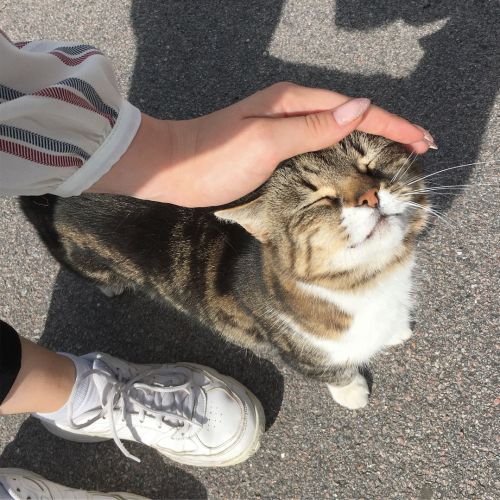
umudun olduğuna inandığın belki de kaybettiğin halde aradığın umudun peşindesin. öyle bir yerdesin, yerin neresi olduğunun pek bir önemi yok. havanında, bulunduğun konumunda önemi yok. baktığın yerin, baktığın yerde aradığın şeyin olmamasında bir önemi kalmamış. çok üzülmüş çok kırılmış çok kızmışsın kendine belki de en çok kendinle kavga etmişsin. oldu bittiye getirmeden bir savaşa girmişsin. savaşının kendinle olduğunu unutmuşcasına. bu savaşı kendini kaybettiğin için açtın. fark etmiyorsun kendin olmayışını. fark etmek istemiyorsun kendini unuttuğunu. biliyorsun.
biliyorsun çünkü kendini hatırlarsan özür dileyip gönlünü alman gereken bir çocukluğunun olduğunu. bir özürle de seninle barışmayacağını biliyorsun.
aslında sen birçok şeyi biliyorsun da bilmezden gelmeyi daha çok seviyorsun. kim sevmez bir yalanı ömür boyu koynunda çocuğu gibi büyütmeyi. en çok sen seversin. seversin çünkü seni de yalandan sevmeler büyütmüştü koynunda. kaç yıllık hayatında tutunmak istediğin her dalın bir avutma bulutundan oluştuğunu fark ettiğinden beri sende çocukluğunda oluk oluk kan fışkıran yarana, bilmem kaç dikişin kapatamayacağı o yaraya küçük bir yara bandı yapıştırıp bak geçti çocuğum diyerek büyümeye ilk adımını atmışsın. adım atmakla birlikte büyümek seni alıp sarıp sarmalamış evlat alınmış bir çocuğa verilen yalandan sevgi gibi.
sana verilen şeyin sevgi olmadığının farkında değilsin. şimdi farkındasın da ne fayda değil mi? ne değişecek ki,büyümek güzel geliyor.
güzel geliyor çünkü büyüyünce üzüldüğün zaman ceketini alıp gecenin bir yarısı sokakları dolaşmak seni korkutmuyor. büyüyünce ağlanmaz. ağlamayacağını bildiğinden, kızınca camı çerçeveyi indirip rahatlayabiliyorsun. sana camı çerçeveyi indirmen için verilen rahatlık şimdi yüreğine parça parça batıyor. yüreğine batan rahatlık bir şeylerin farkına varmanı sağlıyor.
erken büyüyen bir çocuğun kaç yaşına gelince beş yaşındaki haline dönme isteğini bastıramıyor oluşunun farkına vardın.
vardığın noktadan çocukluğuna dönüp baktığında onun orada sana küskün halde durduğunu da görüyorsun. umudunu kaybettiğinden midir ya da hâlâ aradığın umudu nasıl bulabileceğinden dolayı mıdır ciğerlerine nefesin yerine tütün dumanını çekmen.
çektiğin nefes önemini yitirmeden, ceketini alıp çıktığın evde ne eksik diyerekten çocukluğuna gitmeyi de öğrenmelisin. sen büyüdün, kapandığını zannettiğin yara da seninle birlikte büyüdü. bak artık yara bandıyla da tutuşmuyor.
çek al koynundan yalandan avutmaları. eyvallah benden buraya kadar diyerek al omuzuna ceket diye attığın çocukluğunu. dokun, sev onunla birlikte büyümen gereken şekilde büyü. bırak cam çerçeve dökük kalsın.
çocukluğuna, çocuğun gibi sarıl.


Uyan güzel kızım... Uyan ve etrafında olup biteni kendi gözlerinle gör. Belki acıtacak gerçekler seni, belki yenik düşeceksin yapılanlara karşı ama güzel kızım her şeyin üstesinden geleceksin. Bir hata yaptığında ders alacaksın, düştüğünde tecrübe kazanacaksın. Tutunacak bir dal olmadığını, kimsenin güvenilir olmadığını anlayacaksın. İşte o zaman... O zaman her şeyin karşısında dimdik duracaksın.
-
 nelc liked this · 5 years ago
nelc liked this · 5 years ago -
 funkytunaroll-blog liked this · 5 years ago
funkytunaroll-blog liked this · 5 years ago -
 carystringfield liked this · 5 years ago
carystringfield liked this · 5 years ago -
 thehauntedrocket reblogged this · 5 years ago
thehauntedrocket reblogged this · 5 years ago -
 gholadreams reblogged this · 5 years ago
gholadreams reblogged this · 5 years ago -
 valerassecret liked this · 5 years ago
valerassecret liked this · 5 years ago -
 chakrarebel reblogged this · 5 years ago
chakrarebel reblogged this · 5 years ago -
 chakrarebel liked this · 5 years ago
chakrarebel liked this · 5 years ago -
 demerx reblogged this · 5 years ago
demerx reblogged this · 5 years ago -
 demerx liked this · 5 years ago
demerx liked this · 5 years ago -
 perdida-en-tu-orbita liked this · 5 years ago
perdida-en-tu-orbita liked this · 5 years ago -
 thesearch4dirk liked this · 5 years ago
thesearch4dirk liked this · 5 years ago -
 bigbenalpha liked this · 5 years ago
bigbenalpha liked this · 5 years ago -
 liquidalien liked this · 5 years ago
liquidalien liked this · 5 years ago -
 absolutesciencefiction reblogged this · 5 years ago
absolutesciencefiction reblogged this · 5 years ago -
 superbatfuckery reblogged this · 5 years ago
superbatfuckery reblogged this · 5 years ago -
 superbatfuckery liked this · 5 years ago
superbatfuckery liked this · 5 years ago -
 thejoe57 liked this · 5 years ago
thejoe57 liked this · 5 years ago -
 nerdtoyourmother68 reblogged this · 5 years ago
nerdtoyourmother68 reblogged this · 5 years ago -
 nerdtoyourmother68 liked this · 5 years ago
nerdtoyourmother68 liked this · 5 years ago -
 cryptsandcomics reblogged this · 5 years ago
cryptsandcomics reblogged this · 5 years ago -
 androidsghost liked this · 5 years ago
androidsghost liked this · 5 years ago -
 barefootanarchist liked this · 5 years ago
barefootanarchist liked this · 5 years ago -
 quesobandito reblogged this · 5 years ago
quesobandito reblogged this · 5 years ago -
 joehorse liked this · 5 years ago
joehorse liked this · 5 years ago -
 poorsimon reblogged this · 5 years ago
poorsimon reblogged this · 5 years ago -
 quesobandito reblogged this · 5 years ago
quesobandito reblogged this · 5 years ago -
 eu-eidetico liked this · 5 years ago
eu-eidetico liked this · 5 years ago -
 nobodyatallllllllllll liked this · 5 years ago
nobodyatallllllllllll liked this · 5 years ago -
 decadentathletepatrolauthor-blog liked this · 5 years ago
decadentathletepatrolauthor-blog liked this · 5 years ago -
 cyclopsboxhead liked this · 5 years ago
cyclopsboxhead liked this · 5 years ago -
 sonic-sleuth liked this · 5 years ago
sonic-sleuth liked this · 5 years ago -
 natscapegalore liked this · 5 years ago
natscapegalore liked this · 5 years ago -
 quesobandito liked this · 5 years ago
quesobandito liked this · 5 years ago -
 redbatzz liked this · 5 years ago
redbatzz liked this · 5 years ago -
 shovel-city reblogged this · 5 years ago
shovel-city reblogged this · 5 years ago -
 shovel-city liked this · 5 years ago
shovel-city liked this · 5 years ago
